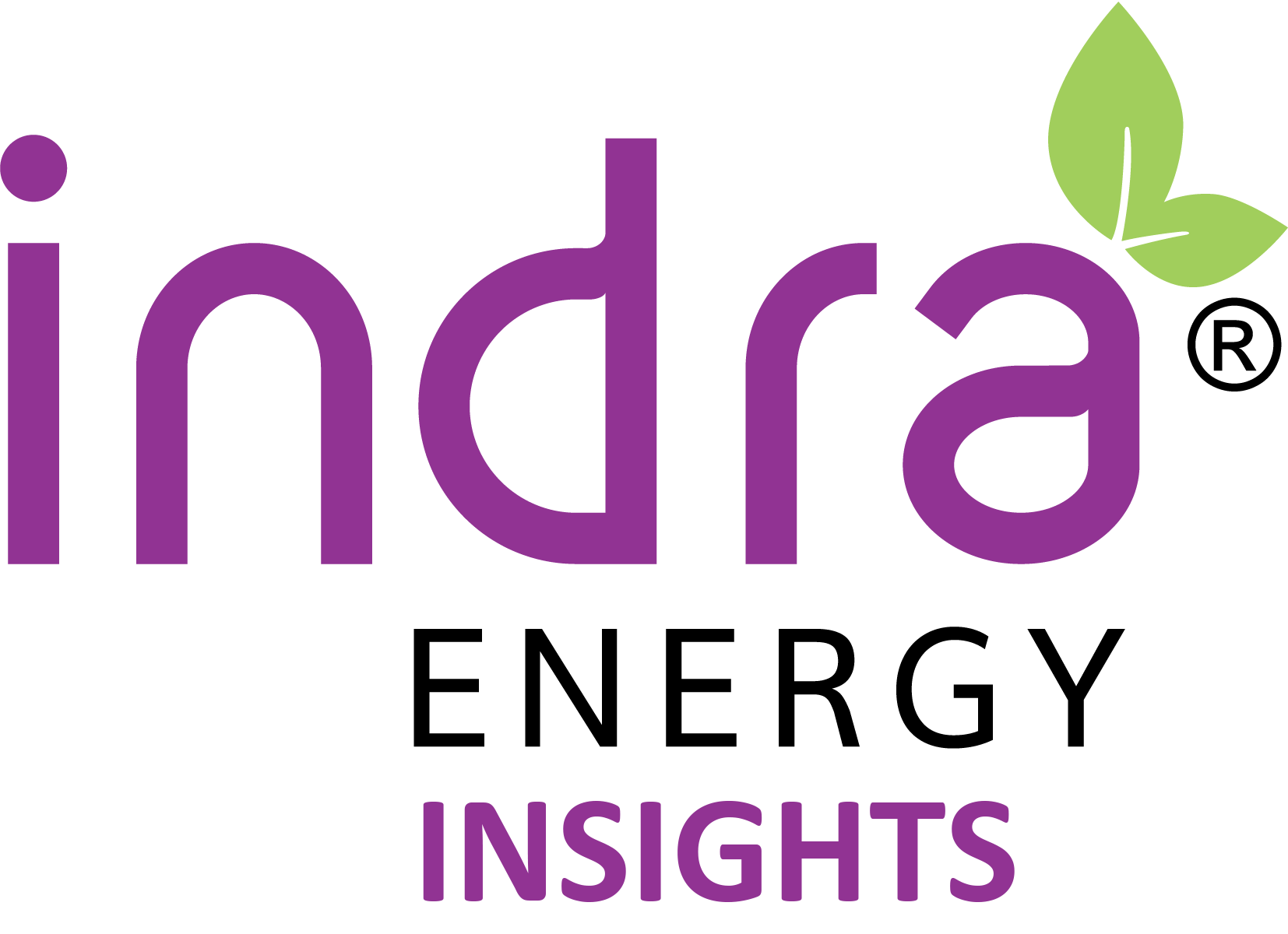Cooler weather throughout the U.S. during the winter months causes more than just rising heating bills. In many cities, cold temperatures trigger a situation called an inversion, in which indoor air pollutants are trapped beneath a pocket of warm or cold air for an extended period. When this happens, breathing outdoor air can become dangerous for at-risk populations including young children, the elderly and people with respiratory illnesses.
Although seasonal inversions remind us of a significant environmental problem affecting large groups of people, indoor air quality (“IAQ”) is an important topic to consider all year long. Growing concerns with IAQ have led to important scientific studies about the health effects of pollutants present in both the home and the workplace. The results of this research are sometimes startling, but it is meant to educate the public about the importance of trying to maintain clean air in their living spaces.
Fortunately, you can take steps to keep the air in your home safe; however, doing so requires a basic knowledge of the most common contributors to air pollution in the home. Below is an overview of six of these pollutants.
Carbon-dioxide (CO2)
- What it is: CO2 is a gas found commonly throughout the atmosphere.
- Where it comes from: It is a byproduct of human and animal respiration.
- How it can be reduced or prevented: The best way to reduce CO2 in your living space is to ensure proper ventilation by opening windows with screens properly installed. If you use a gas stove, make sure to always have your vent hood running at the same time. Lastly, sleep with your bedroom door open a crack so that you’re not inhaling recycled air all through the night. An inexpensive CO2 monitor will help you keep an eye on levels.
Carbon-monoxide (CO)
- What it is: CO is a potentially lethal gas found around fires and fuel-burning engines.
- Where it comes from: It is a byproduct of fuel combustion.
- How it can be reduced or prevented: Since CO comes from burning all kinds of fuel, it is crucial to maintain properly functioning furnaces and fireplaces and to install CO alarms throughout your home.
Nitrogen-dioxide (NO2)
- What it is: NO2 is a gas most commonly found in urban areas.
- Where it comes from: It is a byproduct of combustion in car engines.
- How it can be reduced or prevented: NO2 is difficult to control around the home because it comes from most fuel-burning vehicles, but it can be reduced by installing proper filters in your ventilation system and refraining from letting your own car idle.
Radon
- What it is: Radon is a radioactive gas found in higher concentrations in the lower levels of buildings.
- Where it comes from: It occurs naturally in soil and can seep through cracks in the foundation of your home.
- How it can be reduced or prevented: If tests reveal significant levels of radon in your home, an expert can install a radon-reduction system to remove it.
Volatile Organic Compounds (VOCs)
- What they are: VOCs are household substances that can turn into harmful vapors.
- Where they come from: Many products, including paints, glues, cleaners, and pesticides can become VOCs over time.
- How they can be reduced or prevented: Proper storage and disposal of normal household chemicals can help eliminate VOCs.
Mold
- What it is: Mold is a fungus that spreads easily in damp environments.
- Where it comes from: It grows from microscopic spores dispersed through the air.
- How it can be reduced or prevented: Mold can be easily eliminated by proper ventilation in areas that may become humid, such as bathrooms.
When it comes to improving the air quality inside your home or office, there are two major resources to rely upon. First, an IAQ monitor can warn you of chemicals and particles in your household air. Second, an experienced HVAC professional can help you to perform tests to detect dangerous substances and can optimize your ventilation system to decrease pollutants.
Ultimately, since these pollutants often result from less efficient HVAC systems, reduced occurrences of them are a sign of more environmentally friendly buildings. Improving indoor air quality is a very green choice and something that is worth being proactive about.












